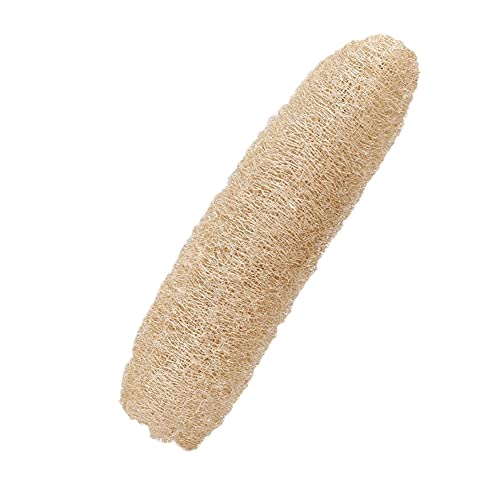Cheers for that Spruce increases the pressure but reduces the flow got that although I have just put a smaller diameter pipe as we type and the flow of pure at the end has increased slightly.
Next question then....how will putting a pump between tap and ro increase the pressure with the same flow...surely it will just overdraw on the supply......excuse what may seem like simple questions.
Next question then....how will putting a pump between tap and ro increase the pressure with the same flow...surely it will just overdraw on the supply......excuse what may seem like simple questions.




























